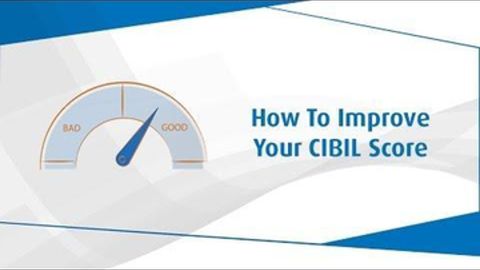Employee Provident Fund (EPF) is a scheme in which you can create wealth throughout your working years as an employee at a government or private organisation. This amount earns interest, and you can use it to finance a part of post-retirement life or other goals. In this scheme, both you and your employer make contributions towards your PF. You can claim the entire amount at the time of your retirement or two months after changing your job. You and your employer need to transfer 10% or 12% of your basic salary to contribute towards EPF. However, if you are a woman, you only need to contribute 8% of your basic salary for the first three years. During this period, your employer’s EPF contribution will remain 12%. For sick units or establishments with less than 20 employees, the rate is 10% as per Employees’ Provident Fund Organisation’s (EPFO) guidelines. Also, as per Budget 2018, the rate of interest applicable on EPF is 8.65%. To better understand how EPF can help you, take a look at how you and your employer contribute to it.
Division of EPF contribution
EPF contribution is divided into two parts.
Contribution by you
- Male employees must contribute 10% or 12% of their basic salary.
- Female employees must contribute 8% of their basic salary for the first three years. Thereafter it becomes, 10% or 12% of the basic salary.
Contribution by your employer
- Your employer must contribute an amount equal to 10% or 12% of your basic salary towards EPF.
- For female employees, the government contribution doesn’t change.
This basic rate of EPF is further sub-divided.
- Employee’s Provident Fund (EPF): 3.67%
- Employee’s Pension Scheme (EPS): 8.33%
- Employee’s Deposit Link Insurance Scheme (EDLIS): 0.50%
- EPF Administration charges: 1.10%
- EDLIS Administration charges: 0.01%
How to calculate EPF contribution
This amount is calculated each month. To simply the math, assume that your basic salary is Rs. 25,000, including dearness allowance. Your contribution towards EPF is 12% of Rs. 25,000, which amounts to Rs. 3,000 each month. Your employer’s contribution towards EPF is 3.67% of Rs. 25,000, which comes to Rs. 917.50 per month.
- Your employer’s contribution towards Employee Pension Scheme (EPS) is 8.33% of Rs. 25,000, which comes to Rs. 2,082.50 per month.
- However, as per the norms, your employer can only contribute a maximum of 8.33% of the threshold amount of Rs. 15,000 towards your EPS. This means that your employer can only contribute a maximum of Rs. 1,249.50.
- So, the difference between what the employer can transfer and the maximum stipulated amount, in this case, Rs. 833 (Rs. 2,082.50 - Rs. 1,249.50), is transferred to your employer’s EPF contribution.
- So, your employer’s total EPF contribution becomes Rs. 2,915.50 as Rs. 833 is added to the initial amount of Rs. 2,082.50. As per EPFO guidelines, this amount is rounded off to the nearest decimal, making the total Rs. 2,915.
So, the total EPF contribution (by you and your employer) for a month amounts to Rs. 5,915 (Rs. 3,000 + Rs. 2,915).
To check whether your employer is making contributions towards your EPF account or to see your account balance, you can use your UAN and log into your EPF account on the EPFO member portal.
Types of Investment |
||
DISCLAIMER:
While care is taken to update the information, products, and services included in or available on our website and related platforms/websites, there may be inadvertent inaccuracies or typographical errors or delays in updating the information. The material contained in this site, and on associated web pages, is for reference and general information purpose and the details mentioned in the respective product/service document shall prevail in case of any inconsistency. Subscribers and users should seek professional advice before acting on the basis of the information contained herein. Please take an informed decision with respect to any product or service after going through the relevant product/service document and applicable terms and conditions. In case any inconsistencies observed, please click on reach us.
*Terms and conditions apply








